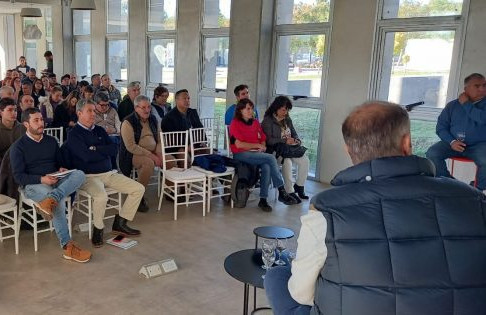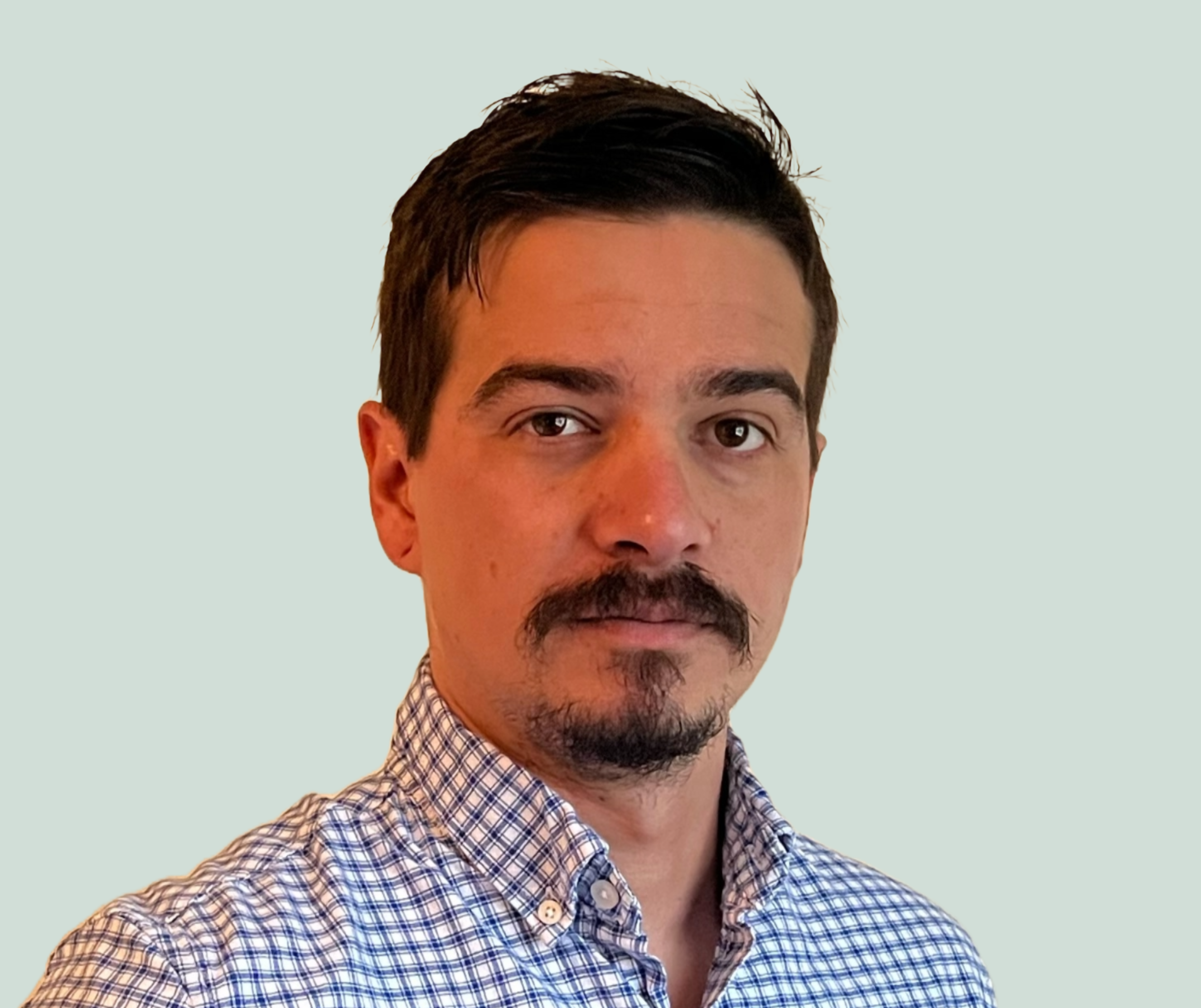
Stefano Lugli - SL Fruit Service
Coordinator of the technical-scientific committee
Cherry Times is pleased to publish an extract of the reports presented at the International Congress "Which biosolutions for quality cherries?" at Macfrut 2024.
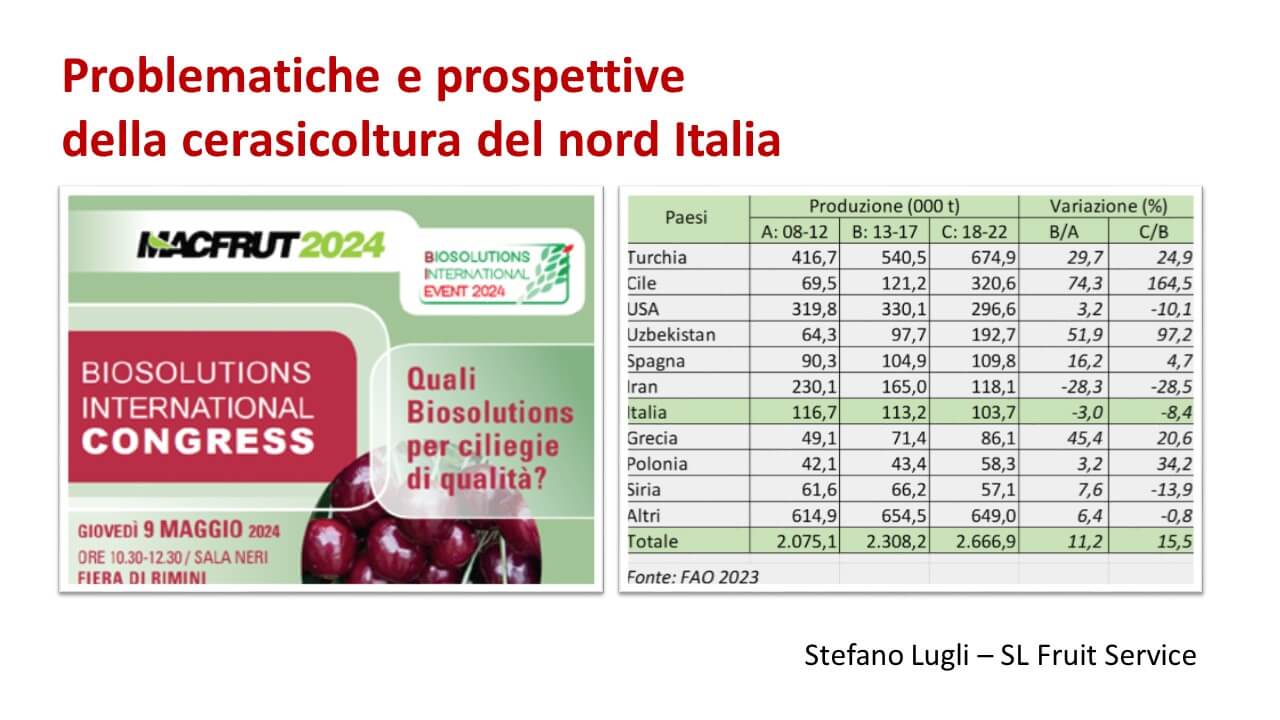
Italy continues to lose positions in the ranking of the largest cherry producers in the world. Currently, the beautiful country ranks seventh, surpassed by Spain and challenged by Greece. In just three decades, national production has decreased by 15%, following a negative trend that has now been going on for half a century.
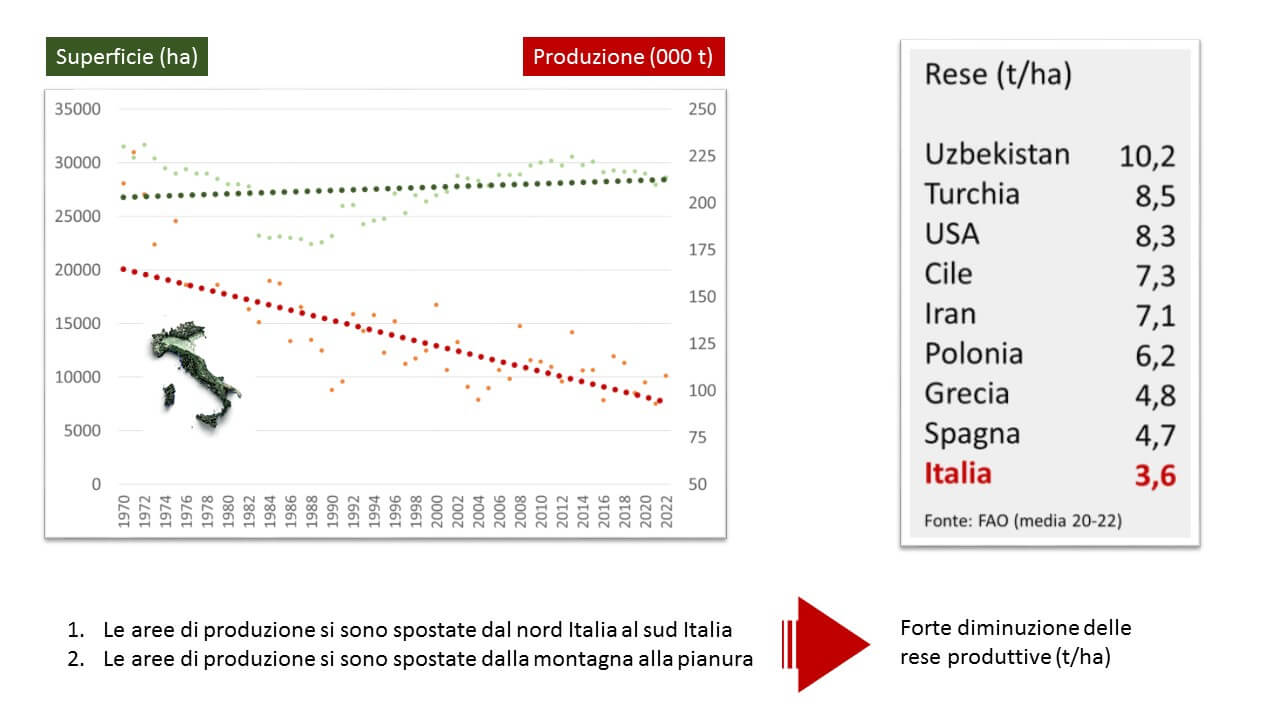 Figure 1 - Trends in surfaces and productions in Italy (1970-2022).
Figure 1 - Trends in surfaces and productions in Italy (1970-2022).
What is most surprising is that despite the essentially stable cherry-growing areas, productions show an impressive decrease.
The reasons for this seemingly inexplicable phenomenon are essentially two, both linked to the changed geographical territoriality of Italian production areas for a crop, sweet cherry, that originates from and prefers temperate and cool climates:
- the process of southernization in cherry cultivation in a region, Puglia, which holds over 60% of national cherry-growing areas but produces only 30% of them.
- the abandonment, especially in Veneto and Emilia Romagna, of traditional and suitable cultivation areas in mountainous or high hilly areas towards plain areas, probably more fertile and easier to manage, but certainly more at risk due to the unpredictable atmospheric variables they are subject to.
Not surprisingly, the hectare yields obtained in the hottest and driest Mediterranean countries (Spain, Greece, and Italy) are the lowest among the main cherry-producing countries worldwide.
To reverse this trend and ensure a fair income for producers, on the one hand, it would be necessary to increase the PLV, through an increase in production yields, the defense of productions, and the improvement of cherry quality, and, on the other hand, to reduce production costs as much as possible.
It is certainly not a simple task, considering that even for cherries the market is now globalized and cherries are now available on the market for 10 months a year, often at prices significantly lower than domestic ones. Therefore, the only winning weapon remains focusing on high quality and product certification.
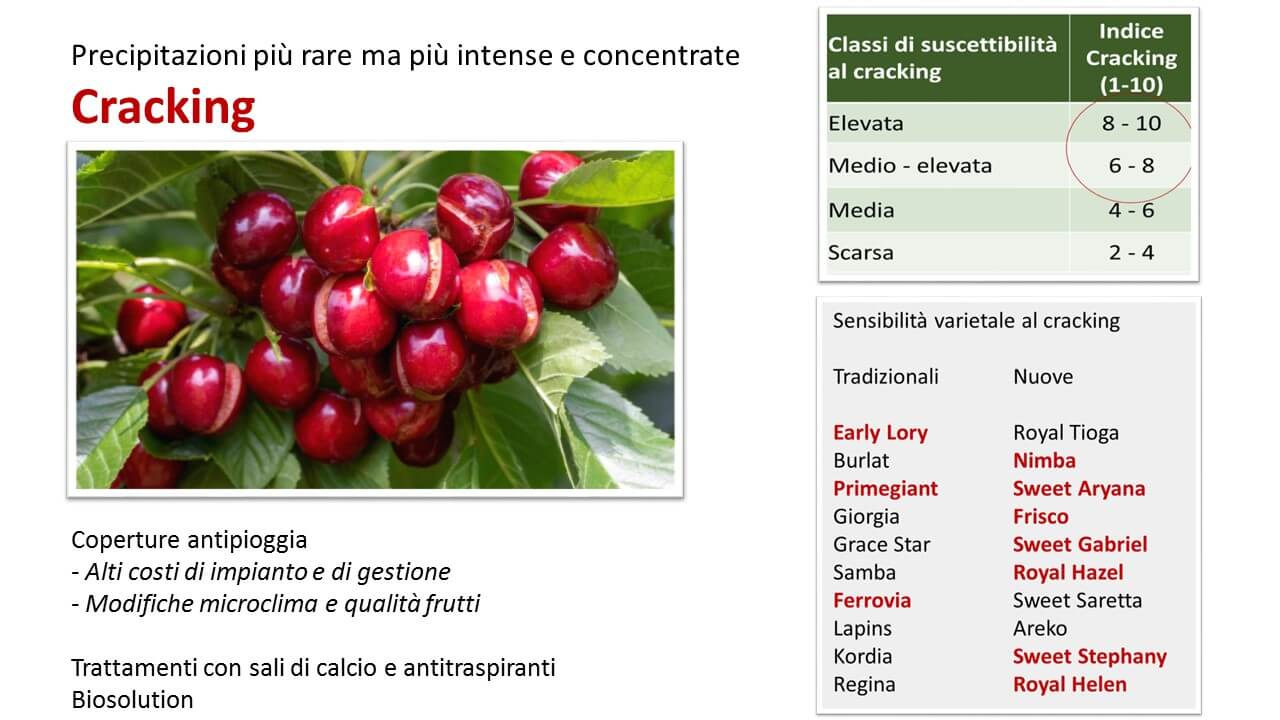 Figure 2 - One of the main problems with cherries remains cracking.
Figure 2 - One of the main problems with cherries remains cracking.
Also, the erratic distribution of rainfall, increasingly concentrated during the cherry ripening season, at least in northern regions, highlights the main problem for cherry growers: the problem of fruit cracking due to rain.
The severity of this plant pathology has also increased due to the ongoing varietal turnover, which on the one hand has significantly improved cherry quality parameters but on the other hand has led to the spread of new varieties that are much more sensitive to cracking, the defense of which must necessarily involve the adoption of anti-rain cover systems. Figure 3 - Limits of dwarfing rootstocks and high-density systems.
Figure 3 - Limits of dwarfing rootstocks and high-density systems.
To increase plant productivity, high or very high-density planting systems need to be spread. This has been made possible thanks to the spread of dwarfing or semi-dwarfing rootstocks. However, these subjects require cultivation environments and water and nutritional availability that are not always available.
Furthermore, the functionality of the root systems of these rootstocks and of the entire tree can be compromised or greatly reduced if soil temperatures exceed certain critical levels, especially in summer months when the tree, after harvesting, should be vegetating and preparing as best as possible for the next season, both in terms of quality of flower buds that need to differentiate, and for the necessary vegetative renewal required to ensure the plant the right leaf/fruit ratio.
On this aspect, the interaction between rootstock vigor and variety fertility also plays a fundamental role.
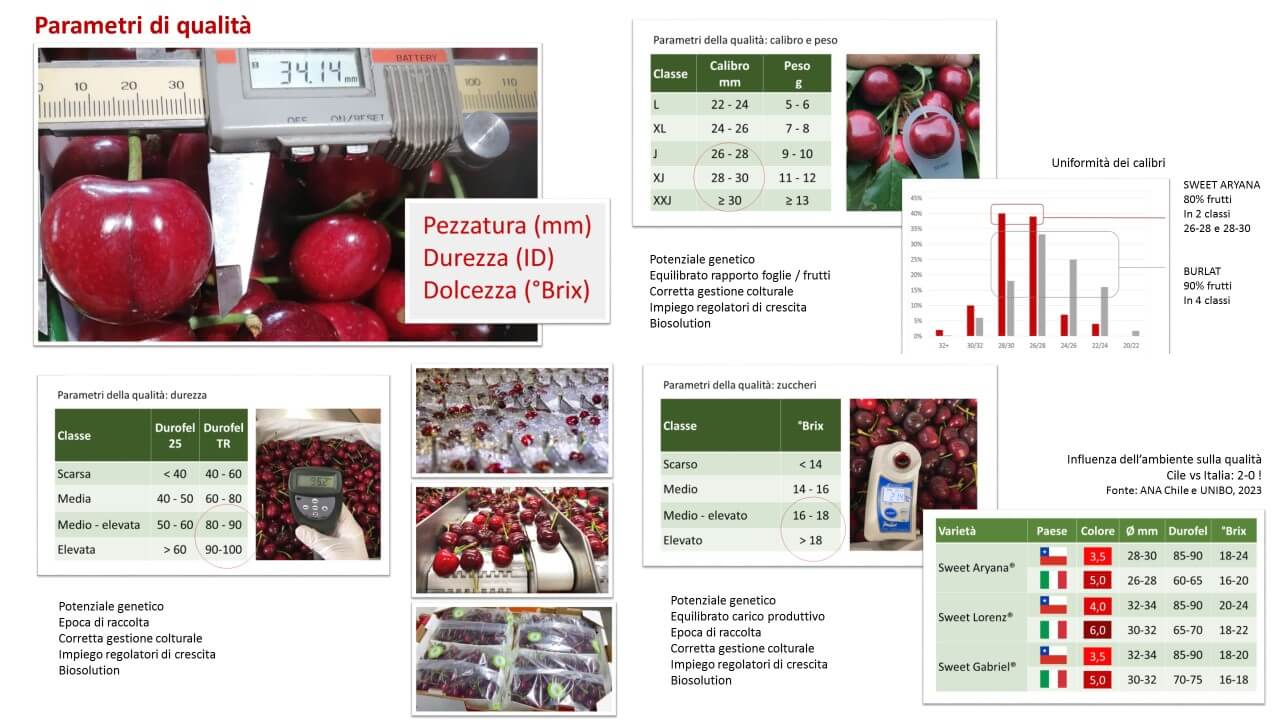 Figure 4 - Quality standards for cherries.
Figure 4 - Quality standards for cherries.
As mentioned, the game will increasingly be played towards a single goal, high quality: fruits mainly with a diameter of at least 28mm, consistency above 70 D25, sweetness not less than 18 °Brix, a good level of acidity to enhance their aroma. To this end, in addition to genetics, the application of biosolution products is fundamental.
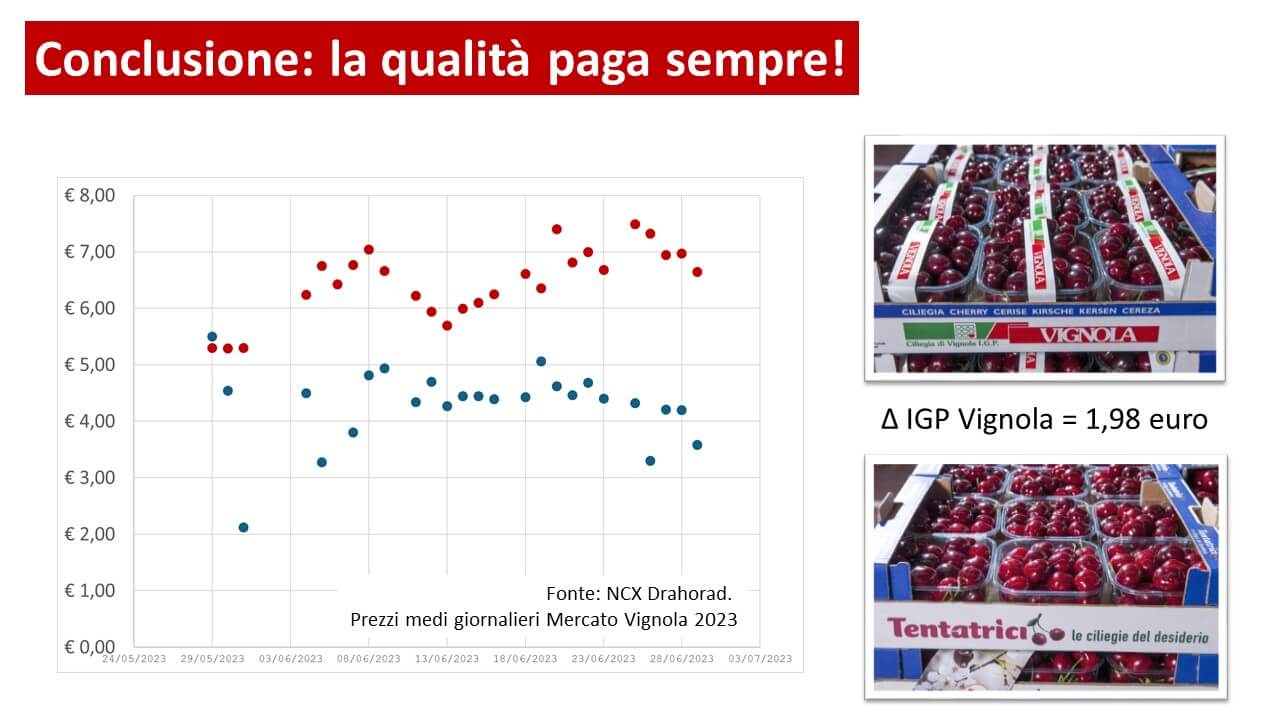 Figure 5 - Quality always pays off, if certified it pays off even more!
Figure 5 - Quality always pays off, if certified it pays off even more!
To download the report's PDF click here
Cherry Times - All rights reserved












